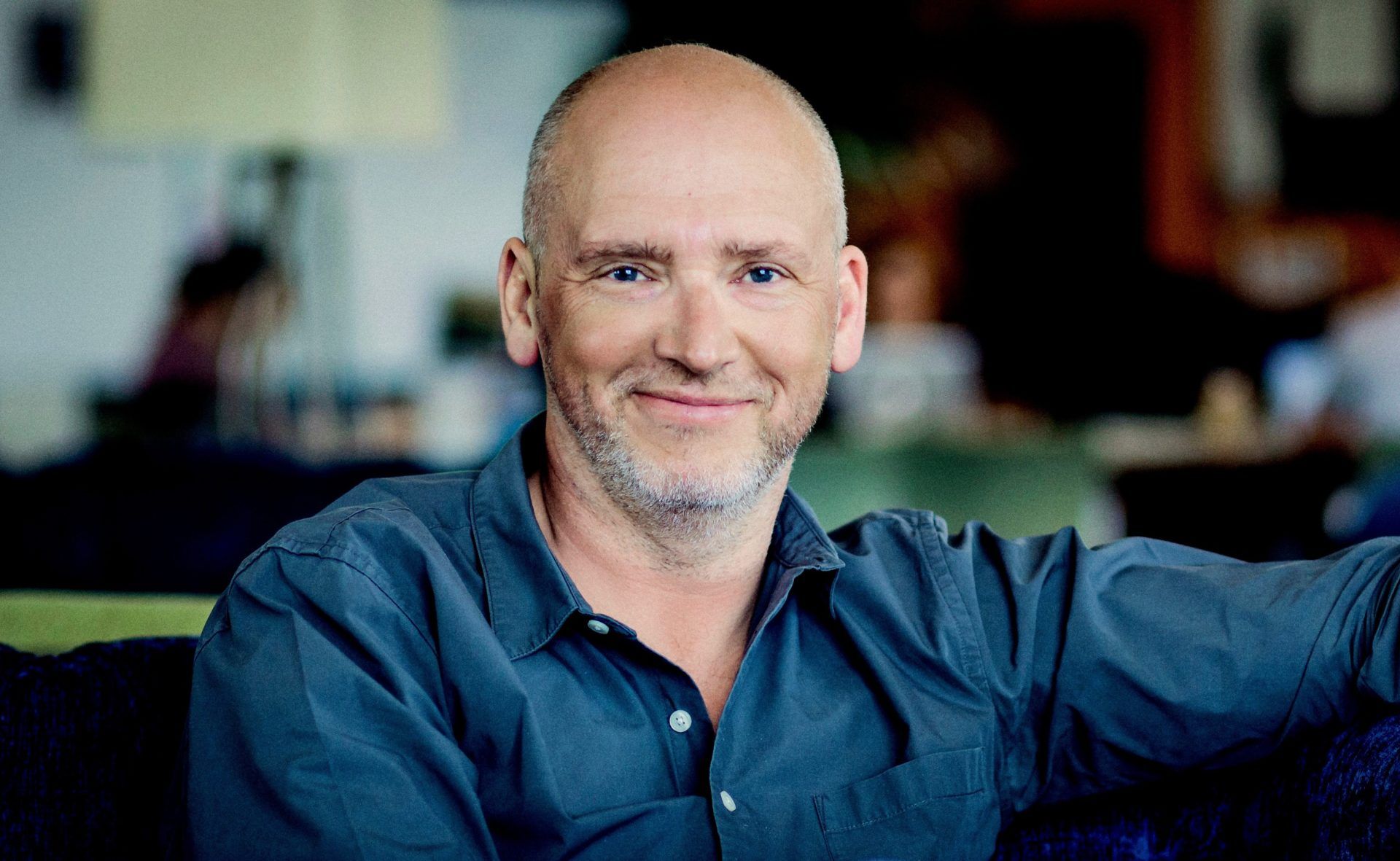Choice engines: turning picking into choosing—and why that matters for efficient shopping
We’ve been exploring two threads that converge on a simple idea: most shoppers don’t lack the willingness to buy efficient, they lack the ability to choose efficiently. In typical retail flows, efficiency data is fragmented or invisible, so customers end up picking whatever’s available—often under time pressure—rather than truly choosing the best model.
From picking to choosing
As we’ve argued in choosing vs. picking and shown with experimental and observational data, when the market makes model-level efficiency visible and comparable, shoppers reliably move to higher-efficiency products—often beyond what rebates alone achieve. In other words, the barrier is market design, not consumer intent.
The IDEAL Customer Platform
Our IDEAL Customer Platform helps energy providers cultivate customers who are identifiable, digitally engaged, energy-centric, actionable, and loyal. Those customers don’t just lower bills; they unlock long-term opportunities across DR, TOU, DERs, and EVs.
What is a “choice engine”?
Borrowing the term from Thaler & Tucker, a choice engine injects the right data, at the right time, in the right format so people can actually choose well. Search brings ingredients; choice assembles the recipe.
How Enervee implements choice engines
- Make efficiency visible: the Enervee Score® ranks every model 0–100 so shoppers can instantly see what’s most efficient within their needs.
- Make costs personal: ClearCost and YouSave translate rates, usage, and ownership time into lifetime cost and bill savings—data the retail market can’t provide.
- Make timing contextual: Enervee Home surfaces in-home opportunities by reading current devices and showing targeted savings and incentives.
- Remove checkout friction: a modern utility marketplace shows transparent net price, instant incentives where applicable, enrollments, installation—and inclusive monthly payments via Eco Financing.
Why search alone isn’t enough
People rarely start by searching for “most efficient [product]” and they often buy during replace-now events. Efficiency must be made salient inside familiar shopping signals (price, reviews, features) and shown in personal, timely terms. When presented this way, shoppers do select super-efficient models—consistently and at scale.
Key takeaways
- Design the market, not the shopper: most “inaction” is a visibility and friction problem, not a motivation problem.
- Choice engines outperform rebates alone: guiding the decision at the moment of need reliably lifts model efficiency; rebates can then be targeted to steer to top tiers or equity goals.
- Build the IDEAL customer: customers shaped by decision-support become the audience that powers DR, TOU, DERs, and EV adoption.
The payoff
Enervee’s choice-engine apps—Appliances, Lighting, Home, and Cars—use consistent decision patterns to weave crucial data into the journey and convert intent into action. The result: markets that work better for consumers and program owners.
“The rise of choice engines will do more than create super shoppers. It will make markets more efficient, create new businesses, and improve the way governments serve their citizens.” — Thaler & Tucker
Bottom line
If you’re evaluating marketplace offerings, don’t settle for search and static catalogs. Choose well—with choice engines that make efficiency obvious, costs personal, and checkout frictionless. The future belongs to better choices.
References
- Thaler, R., & Tucker, W. (2013). Smarter Information, Smarter Consumers, Harvard Business Review.
- Energy efficiency: free to choose
- Efficient markets drive product efficiency
- Creating the IDEAL Customer
